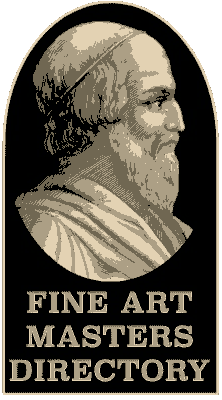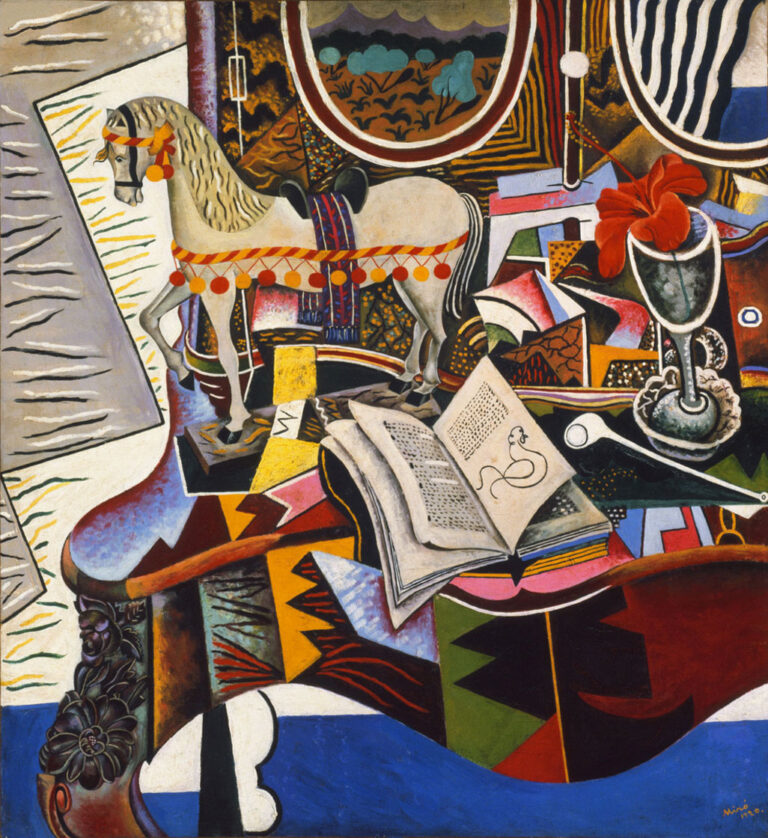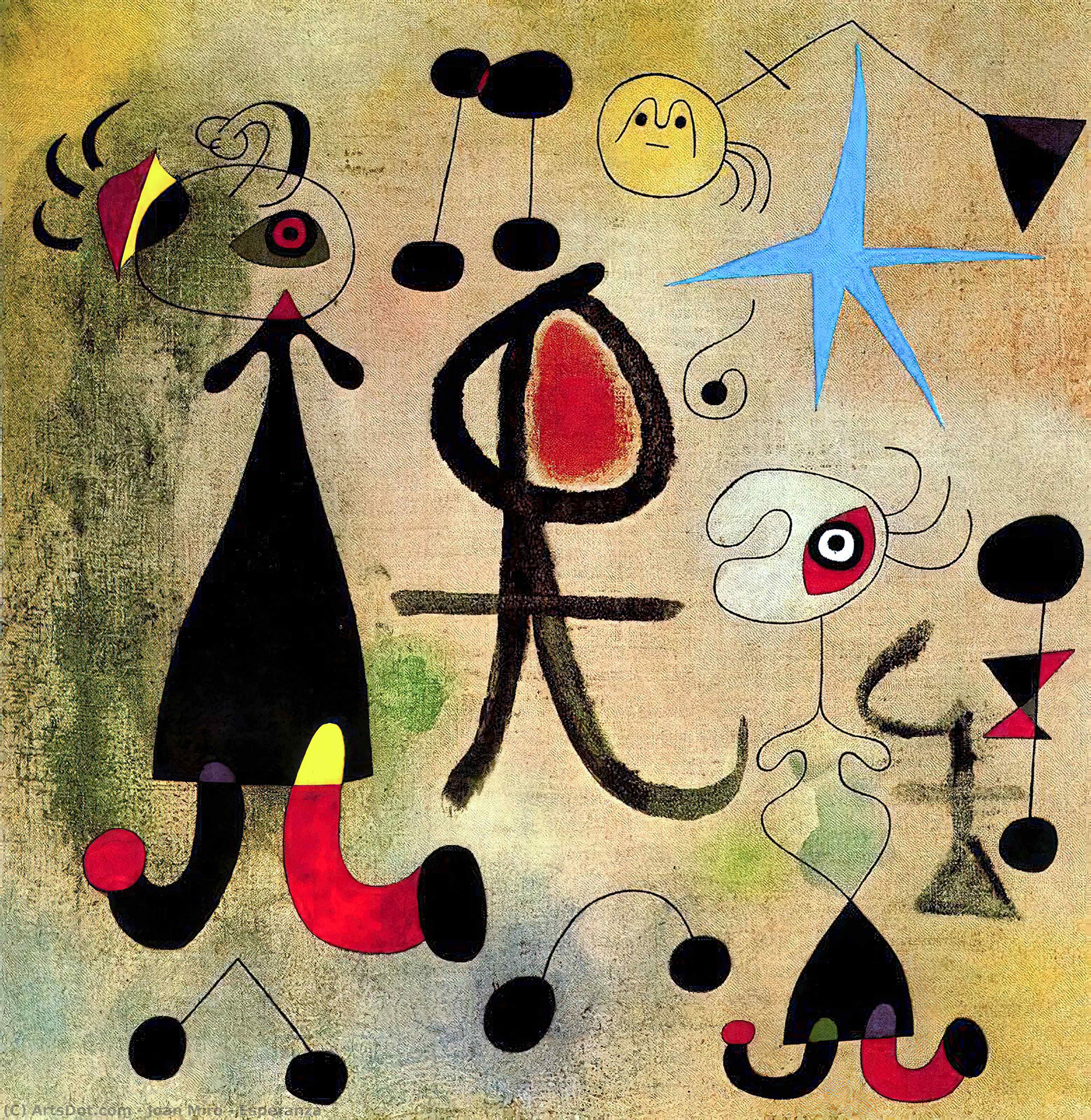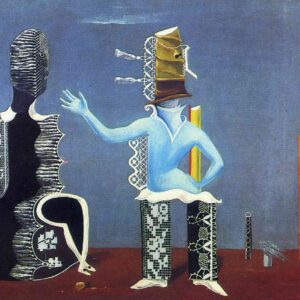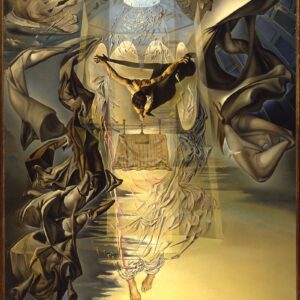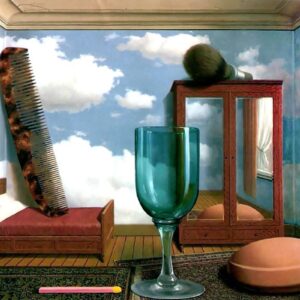In this Catalan name, the first or paternal surname is Miró and the second or maternal family name is Ferrà; both are generally joined by the conjunction “i”.
Joan Miró i Ferrà (/mɪˈroʊ/ mi-ROH,[1] US also /miːˈroʊ/ mee-ROH,[2][3] Catalan: [ʒuˈam miˈɾo j fəˈra]; 20 April 1893 – 25 December 1983) was a Spanish painter, sculptor and ceramicist born in Barcelona. A museum dedicated to his work, the Fundació Joan Miró, was established in his native city of Barcelona in 1975, and another, the Fundació Pilar i Joan Miró, was established in his adoptive city of Palma in 1981.
Earning international acclaim, his work has been interpreted as Surrealism but with a personal style, sometimes also veering into Fauvism and Expressionism.[4] He was notable for his interest in the unconscious or the subconscious mind, reflected in his re-creation of the childlike. His difficult-to-classify works also had a manifestation of Catalan pride. In numerous interviews dating from the 1930s onwards, Miró expressed contempt for conventional painting methods as a way of supporting bourgeois society, and declared an “assassination of painting” in favour of upsetting the visual elements of established painting.[5]
…
In Paris, under the influence of poets and writers, he developed his unique style: organic forms and flattened picture planes drawn with a sharp line. Generally thought of as a Surrealist because of his interest in automatism and the use of sexual symbols (for example, ovoids with wavy lines emanating from them), Miró’s style was influenced in varying degrees by Surrealism and Dada,[18] yet he rejected membership in any artistic movement in the interwar European years. André Breton described him as “the most Surrealist of us all.” Miró confessed to creating one of his most famous works, Harlequin’s Carnival, under similar circumstances:
How did I think up my drawings and my ideas for painting? Well I’d come home to my Paris studio in Rue Blomet at night, I’d go to bed, and sometimes I hadn’t any supper. I saw things, and I jotted them down in a notebook. I saw shapes on the ceiling…[54]
Miró’s surrealist origins evolved out of “repression” much like all Spanish surrealist and magic realist work, especially because of his Catalan ethnicity, which was subject to special persecution by the Franco regime. Also, Joan Miró was well aware of Haitian Voodoo art and Cuban Santería religion through his travels before going into exile. This led to his signature style of art making.[citation needed]
